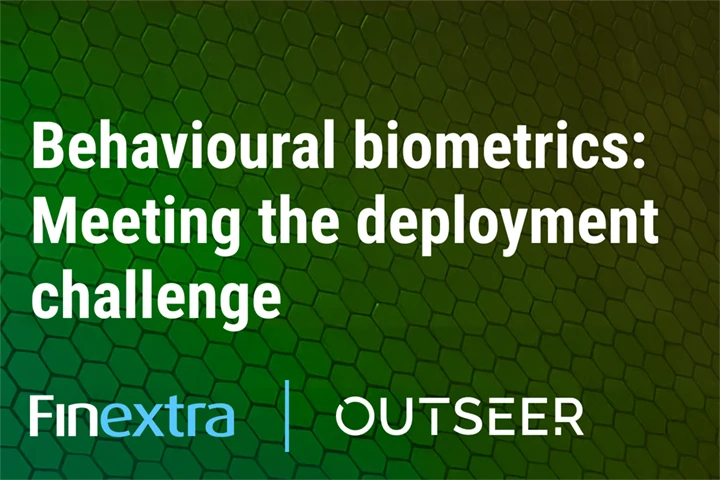Transaction Fraud | How to Protect Your Business & Customers
We explain what transaction fraud is, common schemes that fraudsters use, and how to protect your customers and the consumers and businesses they serve.
What Is Transaction Fraud?
Transaction fraud is the use of stolen or counterfeit information obtained by bad actors in order to make transactions illegally. Some common types of transaction fraud include the following:
· Card-Not-Present (CNP) Fraud
· Chargeback/Friendly Fraud
· Account Takeover
Transaction fraud losses to issuers, merchants, and acquirers alone exceeded $28 billion in 2020, a figure that could top $35 billion by 2025. And that’s before all the additional expenses incurred from operations, call centers, and the investigation of fraudulent transactions.
With more businesses online than ever before, issuers, payment processors and others stand to lose more than just revenue. Negative customer experiences through brand impersonation, phishing attacks, or even increased transaction friction caused by traditional anti-fraud measures can cause reputational damage.
With so many angles of attack, let’s review a few of the most common types of transaction fraud and what you can do today to prevent them.
Types of Transaction Fraud
Card Not Present (CNP) Fraud
CNP fraud occurs when fraudsters steal cardholder data and attempt to make a transaction without physically possessing the card. Data theft in CNP scams is primarily carried out through online phishing techniques. Scammers impersonate brands online and capture a victim’s card information in the process. This information is used elsewhere for a fraudulent transaction.
Far tougher: So-called “clean fraud” attacks, in which fraudsters have collected enough personally identifiable information that they’re better able to impersonate their victims—going so far as to make purchases from the same merchants used by the legitimate cardholder. Not only does this increase the chances of evading fraud detection systems, but it may not even be discovered by the cardholder for months.
CNP scams can be third to stop, but, with advancements in machine learning, it’s possible to protect cardholders and merchants from even the most sophisticated forms of attack.
You can prevent CNP fraud by doing the following:
- Verifying the address of the cardholder and the payer
- Checking the validity of the CVV security code on credit card transactions
- Leveraging the latest EMV® 3-D Secure standard for online transactions
Outseer 3-D Secure uses risk-based analysis (RBA) to reduce fraud and chargebacks stemming from online transactions. By working to authenticate customers transparently behind the scenes, this frictionless approach reduces false positives and increases transaction approvals for legitimate purchases—without slowing down your customer.
And because it leverages transaction and identity data from a global network of partners, Outseer 3-D Secure is even able to recognize fraudulent purchases made with merchants used by the authentic cardholder—stopping “clean fraud” in its tracks.
Chargebacks, or ‘Friendly Fraud’
Don’t be fooled by the name: There’s nothing friendly about friendly fraud. This form of chargeback fraud occurs when a customer deliberately issues a chargeback on a good or service they have already received. The criminal states that their credit card number was stolen, and they are reimbursed while they keep the product.
In some instances, this can be done accidentally, like when a child orders something on their parent’s card without the parent’s knowledge. A consumer may also review their credit card statement and not recognize the charge or the associated vendor and initiate a chargeback. In either case, businesses can use different technologies to identify and prevent these issues.
You can prevent friendly fraud by taking the following precautions:
Using easy to recognize transaction descriptors in credit card statements
Implementing a no-tolerance policy that results in a cancelled card for false chargebacks
Leveraging machine learning to block abusive customers
Outseer 3-D Secure’s frictionless flow simultaneously minimizes chargeback losses from fraud while reducing cart abandonment and boosting transaction approval rates.
Account Takeover
Account Takeover (ATO) occurs when a threat actor accesses a legitimate customer account. Cybercriminals use phishing techniques and shop the dark web to acquire customer login credentials. Criminals can use that information to commit direct transaction fraud or to pilfer other personal information they can leverage in other crimes.
In the US, account takeovers accounted for more than $16 billion in loss last year—up 300% from 2019. But Card issuers, banks, and other payment processors can help prevent account takeover fraud with the following techniques:
- Checking data dumps for compromised accounts and forcing password changes
- Using geolocation and behavioral data to detect suspicious logins
- Requiring alternate forms of authentication such as 2FA
Outseer Fraud Manager leverages identity science and shared data from 20 billion annual transactions spanning every industry and geography to measure the risk associated with a user’s login and post-login activities—including transactions, changes to account details, and other data that may reveal a cybercriminal takeover. All while delivering a seamless user experience for legitimate customers—no 2FA required.
Meanwhile, Outseer FraudAction rounds out your defenses by giving you unprecedented visibility on compromised credit card numbers, login credentials and more, so you can take protective measures before it becomes a serious issue.
Outseer & Steps for Preventing Transaction Fraud
Staying ahead of transaction fraud can be daunting. That’s why major credit card companies, financial services firms, and payment processors count on Outseer to protect themselves and the businesses they serve.
Unlike traditional fraud detection, Outseer reads between the lines to understand how real customers behave compared to fraudsters—stopping 95% of all fraud loss while interrupting just 5% of all transactions for further scrutiny. Last year alone, we saved our customers $1.6 billion in potential transaction fraud loss. What can Outseer do for you?
Experience the best in transaction fraud protection with Outseer—request a free demo now











